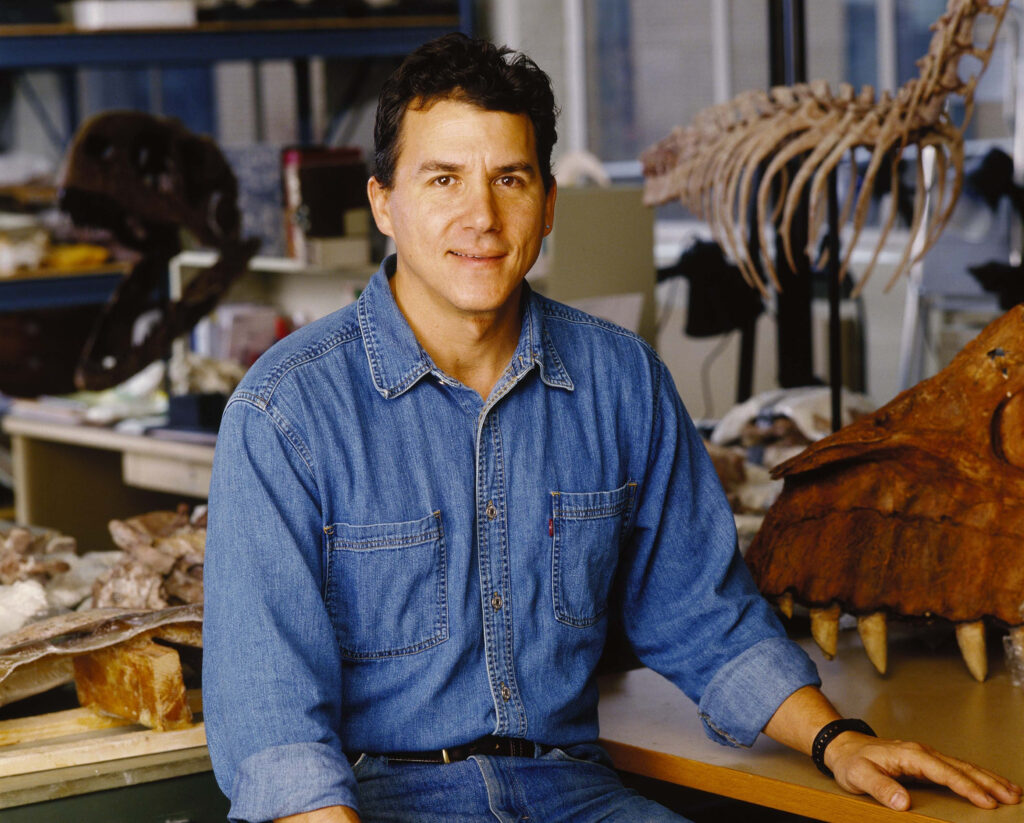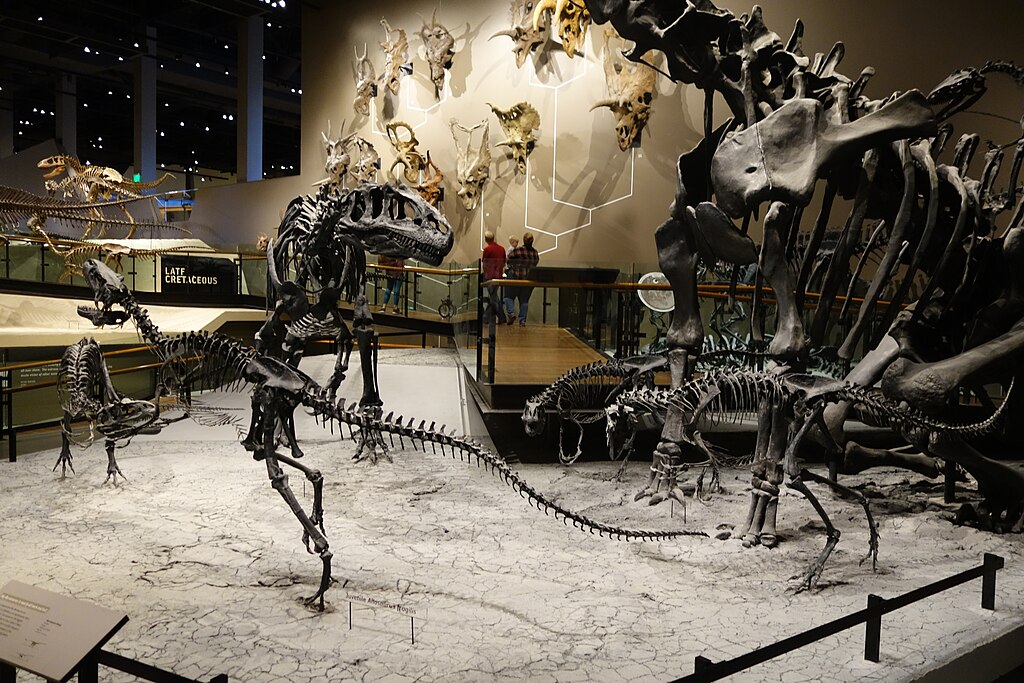The field of paleontology has undergone dramatic transformations in recent decades, with revolutionary discoveries challenging long-held beliefs about dinosaurs and their world. Today’s leading paleontologists combine traditional fossil hunting with cutting-edge technology and multidisciplinary approaches to paint an increasingly vibrant and accurate picture of Earth’s prehistoric rulers. From feathered dinosaurs to extinction theories, these ten living paleontologists are fundamentally reshaping our understanding of dinosaurs through their groundbreaking research, field discoveries, and public outreach efforts.
Dr. Jack Horner: Revolutionizing Growth Studies and Dinosaur Behavior

Jack Horner, perhaps best known as the technical advisor for the Jurassic Park films, has fundamentally altered our understanding of dinosaur growth and behavior through his pioneering research. His work on dinosaur nesting grounds in Montana provided the first evidence that some dinosaurs cared for their young, challenging the notion that all dinosaurs abandoned their eggs. Horner’s studies of bone histology revealed that many dinosaur species previously thought to be distinct were actually juvenile forms of known species, reducing the actual number of recognized dinosaur species. His “Dinosaur Lives” project examines growth rings in bones, similar to tree rings, helping establish growth rates and life spans of various dinosaur species. Additionally, Horner’s work on the evolution of certain features—like the elaborate crests of hadrosaurs—suggests they functioned primarily as display structures rather than for respiration as previously thought.
Dr. Xu Xing: Unearthing China’s Feathered Dinosaur Revolution

Chinese paleontologist Xu Xing has perhaps done more than any other scientist to establish the evolutionary link between dinosaurs and birds through his remarkable discoveries of feathered dinosaurs in China’s fossil-rich formations. Xu has described more than 70 new dinosaur species, including the four-winged Microraptor and the large feathered Yutyrannus, which dramatically changed our understanding of tyrannosaurids. His discoveries in the Liaoning Province have yielded exquisitely preserved specimens showing clear evidence of proto-feathers and feathers on dinosaurs previously thought to be strictly scaled. These findings have conclusively demonstrated that many dinosaur lineages had feathers long before flight evolved, suggesting that feathers originally evolved for insulation or display rather than flying. Xu’s methodical approach to taxonomy and evolutionary relationships has helped clarify the dinosaur-bird transition, providing some of the most compelling evidence for this evolutionary pathway.
Dr. Mary Schweitzer: Pioneering Molecular Paleontology
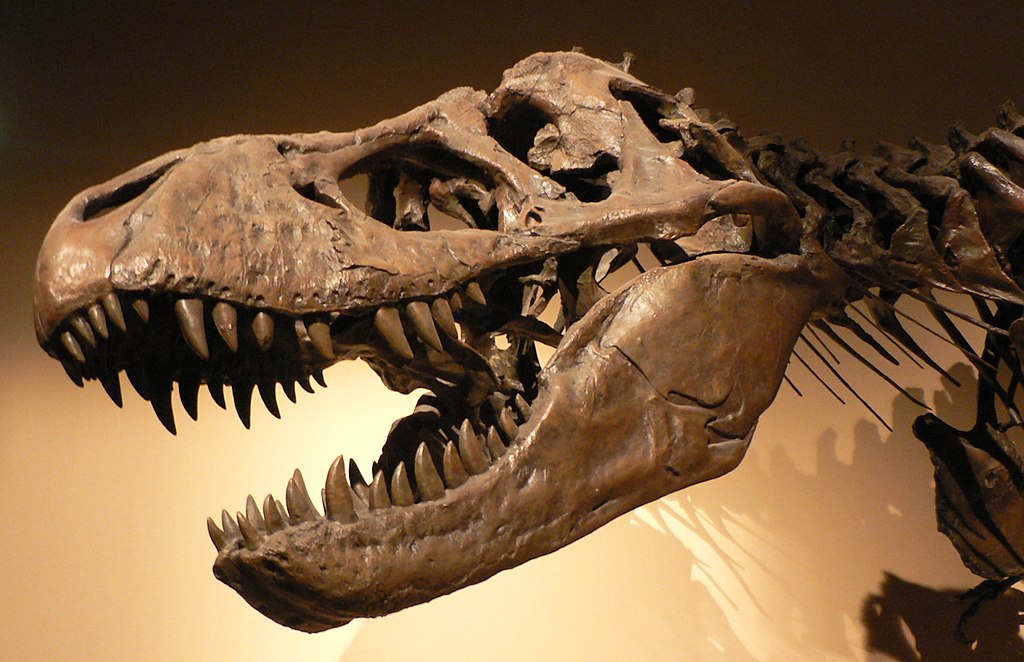
Mary Schweitzer has fundamentally changed paleontology by focusing not on bones, but on what’s inside them. Her revolutionary work identifying preserved soft tissues, proteins, and possible DNA fragments in dinosaur fossils has opened an entirely new field of molecular paleontology. Schweitzer first shocked the scientific community when she discovered flexible, transparent blood vessels in a Tyrannosaurus rex specimen, overturning conventional wisdom that such tissues couldn’t possibly survive for millions of years. Her subsequent research has identified preserved cellular structures, original proteins, and even possible remnants of DNA in various dinosaur specimens dating back 68 million years or more. These discoveries not only provide new insights into dinosaur physiology and metabolism but have forced scientists to reconsider the processes of fossilization and tissue preservation. Schweitzer’s work bridges paleontology with molecular biology, potentially allowing future researchers to answer questions about dinosaur biochemistry, physiology, and genetics that were previously thought impossible to address.
Dr. Paul Sereno: Expanding Dinosaur Geography and Diversity
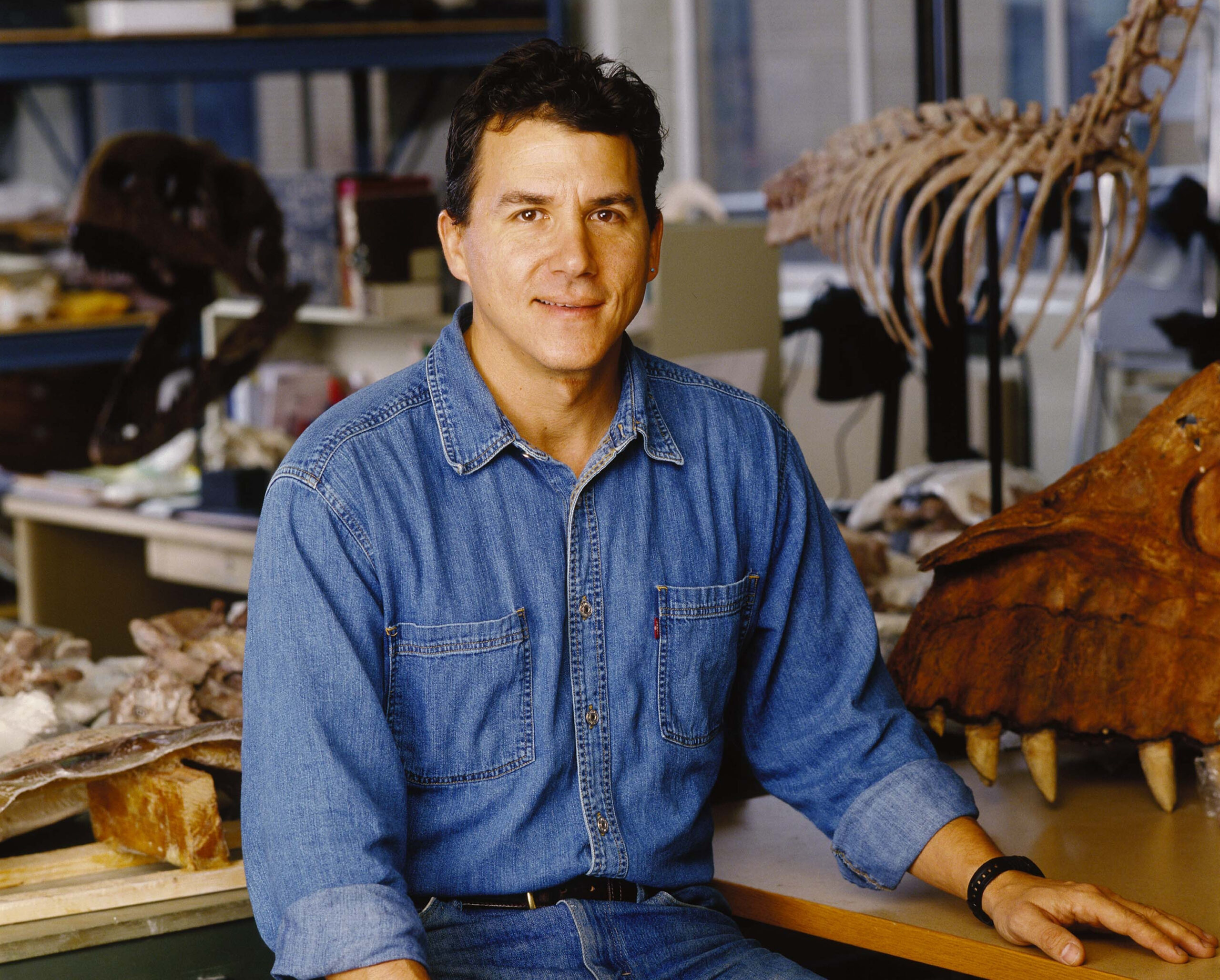
National Geographic Explorer-in-Residence Paul Sereno has dramatically expanded our understanding of dinosaur diversity and geographic distribution through his expeditions to previously unexplored regions. His work in the Sahara Desert uncovered the massive predator Carcharodontosaurus and the bizarre sail-backed Spinosaurus, fundamentally reshaping our understanding of African dinosaur ecosystems. Sereno’s discoveries in South America, Asia, and Africa have demonstrated that dinosaurs were more globally diverse than previously recognized, with distinct evolutionary lineages developing on different continents after the breakup of Pangaea. His fieldwork combines traditional fossil hunting with high-tech approaches including GPS mapping and digital reconstruction, setting new standards for paleontological expeditions. Beyond his scientific contributions, Sereno has become one of paleontology’s most effective communicators, bringing dinosaur science to the public through documentaries, exhibitions, and educational programs that emphasize the global nature of dinosaur evolution.
Dr. Phil Currie: Illuminating Dinosaur Social Behavior
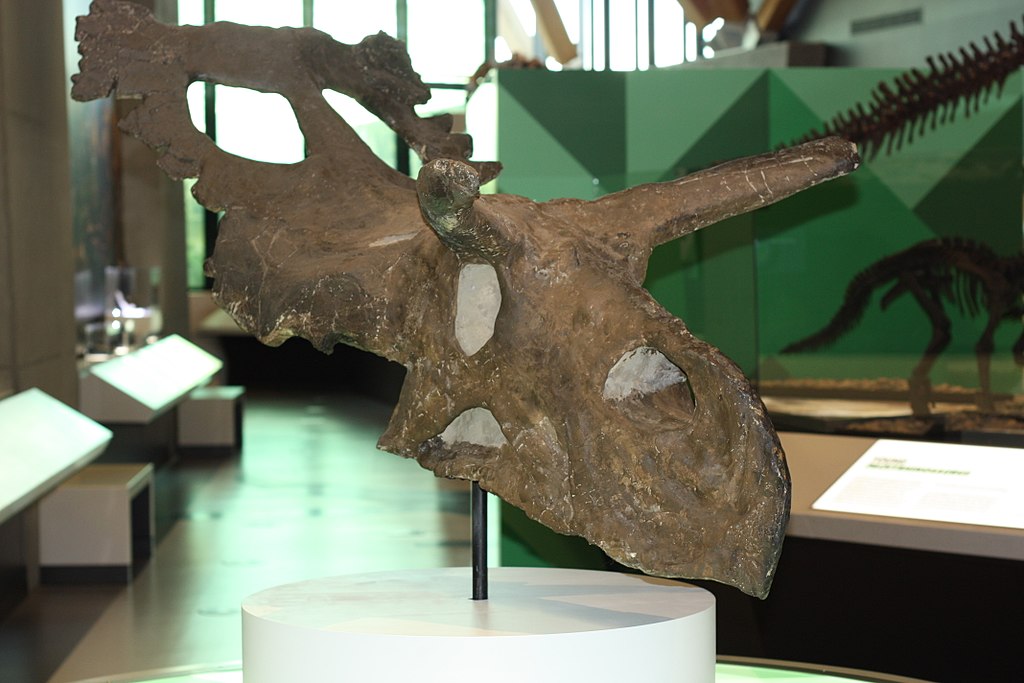
Canadian paleontologist Phil Currie has transformed our understanding of dinosaur social behavior, particularly through his extensive work on theropod dinosaurs. His research in Alberta’s Dinosaur Provincial Park and at mass death assemblages of Albertosaurus has provided compelling evidence that some predatory dinosaurs hunted in coordinated packs rather than as solitary hunters, challenging long-held assumptions about dinosaur behavior. Currie’s meticulous work documenting growth series in various dinosaur species has helped establish how dinosaurs changed throughout their lives, from hatchling to adult. His collaborative international research, particularly with Chinese colleagues on feathered dinosaurs, has been instrumental in establishing the evolutionary connection between dinosaurs and birds. Currie has also pioneered the use of CT scanning and other imaging technologies to study dinosaur brains and sensory capabilities, revealing that many dinosaurs had more complex behaviors and sensory adaptations than previously recognized.
Dr. Luis Chiappe: Uncovering the Origins of Bird Flight

As Director of the Dinosaur Institute at the Natural History Museum of Los Angeles County, Luis Chiappe has conducted groundbreaking research on the evolution of birds from dinosaur ancestors and the origin of flight. His expeditions to Argentina, Mongolia, and China have uncovered crucial transitional fossils that illuminate how flight evolved among theropod dinosaurs. Chiappe’s work on Archaeopteryx and other early birds has demonstrated that many “bird-like” features—including wishbones, three-fingered hands, and hollow bones—actually evolved in non-flying dinosaurs first, predating the origin of flight by millions of years. His research on the embryonic development of dinosaurs, particularly through discoveries of dinosaur eggs and nests, has provided unprecedented insights into dinosaur reproductive biology and growth. Chiappe’s multidisciplinary approach combines traditional paleontology with developmental biology and biomechanics, allowing him to reconstruct not just what dinosaurs looked like, but how they lived, reproduced, and eventually evolved into the birds we see today.
Dr. Karen Chin: Pioneering Coprolite Research
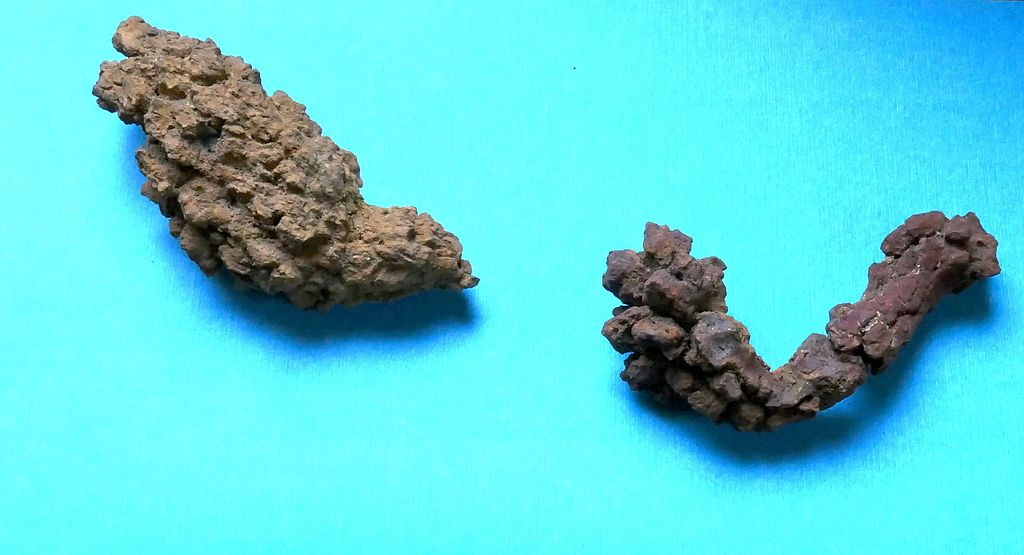
Karen Chin has revolutionized our understanding of dinosaur diets and prehistoric ecosystems through her specialized study of coprolites—fossilized feces. As one of the world’s leading experts in this unusual field, Chin’s research provides direct evidence of what dinosaurs actually ate, rather than inferences based solely on tooth structure or skeletal anatomy. Her analysis of Tyrannosaurus rex coprolites containing crushed bone fragments confirmed that these predators could digest bone, providing insights into their feeding behaviors and digestive physiology. Chin’s work has also identified plant materials, including wood, in the coprolites of large herbivorous dinosaurs, revealing previously unknown aspects of their diet and digestive capabilities. By analyzing the microfossils, fungal remains, and biochemical signatures preserved in coprolites, she reconstructs not just dinosaur diets but complex ecological relationships within prehistoric environments. This “paleo-scatology” represents a crucial but previously overlooked window into understanding dinosaur biology and behavior.
Dr. Stephen Brusatte: Integrating Big Data Approaches to Dinosaur Evolution
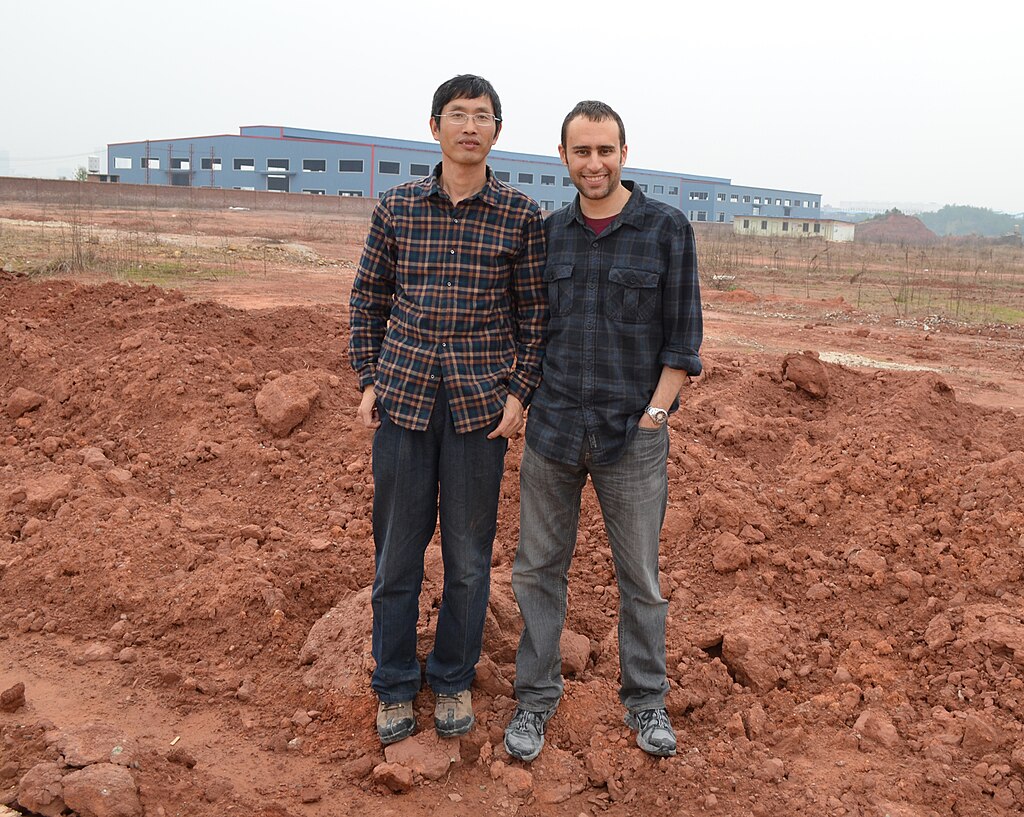
Stephen Brusatte has transformed our understanding of dinosaur evolution by applying sophisticated quantitative methods and big data approaches to the fossil record. His comprehensive analyses of dinosaur evolutionary rates have revealed that dinosaurs were already in decline for millions of years before the asteroid impact that caused their extinction, challenging the notion that dinosaurs were at their peak when they disappeared. Brusatte’s work on the evolution of birds from theropod dinosaurs has helped clarify this transition, demonstrating that bird-like features accumulated gradually over tens of millions of years. His research on tyrannosaur evolution revealed how these iconic predators evolved from relatively small, fast animals into the massive apex predators we recognize today. Beyond his research contributions, Brusatte has become one of paleontology’s most effective communicators through his books, television appearances, and popular science writing, making complex evolutionary concepts accessible to the public while maintaining scientific rigor.
Dr. Victoria Arbour: Revolutionizing Armored Dinosaur Research
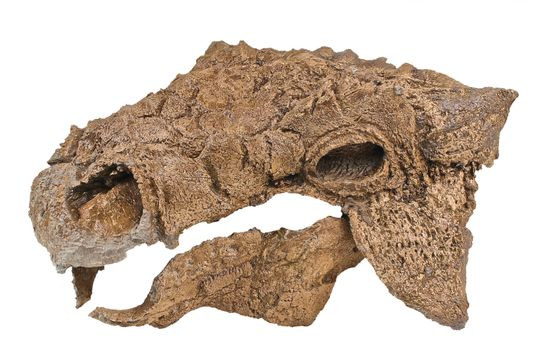
Victoria Arbour has dramatically advanced our understanding of ankylosaurs—the heavily armored, club-tailed dinosaurs—through her innovative research combining biomechanics, comparative anatomy, and phylogenetics. Her groundbreaking work on the tail clubs of ankylosaurids used engineering principles and digital modeling to demonstrate that these structures were indeed formidable weapons capable of breaking bones, rather than merely display features as some had suggested. Arbour’s taxonomic revisions have clarified relationships among armored dinosaurs, including the description of new species like Zuul crurivastator (meaning “Zuul, destroyer of shins”). Her analysis of ankylosaur brain cases using CT scanning has provided insights into their sensory capabilities and behavior, suggesting these animals had more complex lives than their tank-like appearance might suggest. Arbour’s fieldwork across western North America and studies of museum collections worldwide have established her as the leading authority on these fascinating but previously understudied dinosaurs, transforming our understanding of their evolution, diversity, and paleobiology.
Dr. Lindsay Zanno: Uncovering Dinosaur Ecology and Predator Evolution
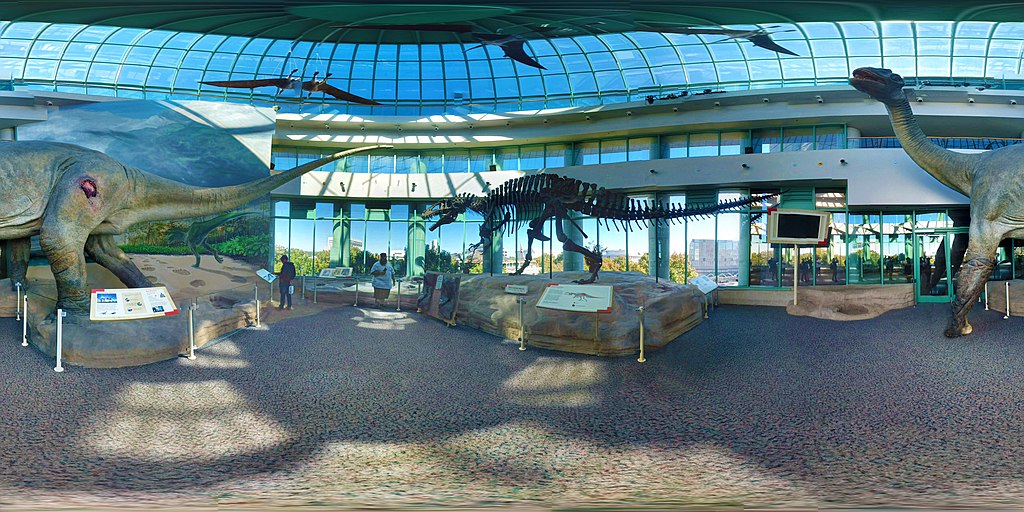
Lindsay Zanno has revolutionized our understanding of theropod dinosaur evolution, particularly focusing on the transition from meat-eating to plant-eating among certain dinosaur lineages. Her research has demonstrated that many theropod groups independently evolved herbivory or omnivory from carnivorous ancestors, fundamentally changing our understanding of dinosaur dietary evolution and ecological relationships. Zanno’s fieldwork has resulted in the discovery of several new species, including Siats meekerorum, one of the largest predatory dinosaurs discovered in North America, which filled an important gap in our understanding of apex predator evolution. Her integration of biomechanics, comparative anatomy, and ecological modeling creates comprehensive reconstructions of ancient ecosystems rather than studying dinosaurs in isolation. Zanno’s work on the evolution of body size in theropods leading to birds has helped clarify this critical evolutionary transition, demonstrating how and why dinosaurs got smaller along the lineage leading to modern birds.
Dr. Thomas Holtz: Redefining Tyrannosaur Evolution and Classification
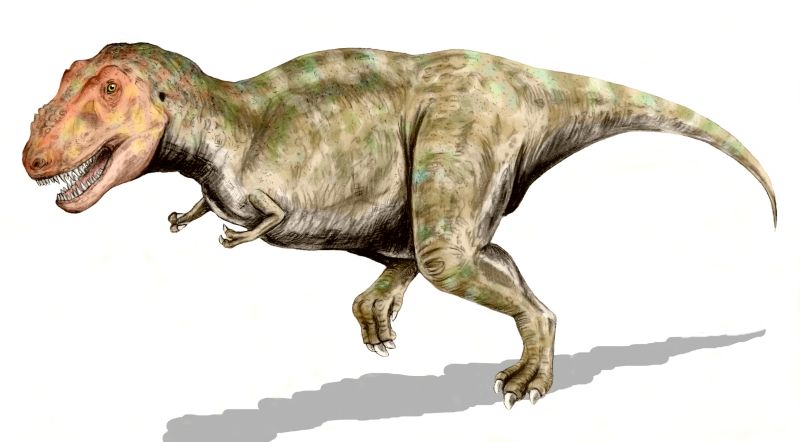
Thomas Holtz has fundamentally reshaped our understanding of tyrannosaurs through his comprehensive research on their evolution, anatomy, and classification. His detailed cladistic analyses have clarified the evolutionary relationships among tyrannosaurs, demonstrating how these iconic predators evolved from relatively small, fast-running ancestors into the massive apex predators that dominated the late Cretaceous. Holtz’s work on tyrannosaur sensory capabilities has shown that these animals had exceptional senses of smell and stereoscopic vision, challenging older notions that dinosaurs were sluggish and primitive. His research into tyrannosaur growth rates revealed that these animals underwent dramatic growth spurts during adolescence, gaining up to 4.6 pounds per day during peak growth phases—the fastest growth rate documented for any terrestrial vertebrate. Beyond his scientific publications, Holtz has been an exceptional communicator of dinosaur science through books, television appearances, and university teaching, making complex paleontological concepts accessible while maintaining scientific accuracy and addressing common misconceptions about dinosaurs in popular culture.
The Future of Dinosaur Research: New Technologies and Approaches
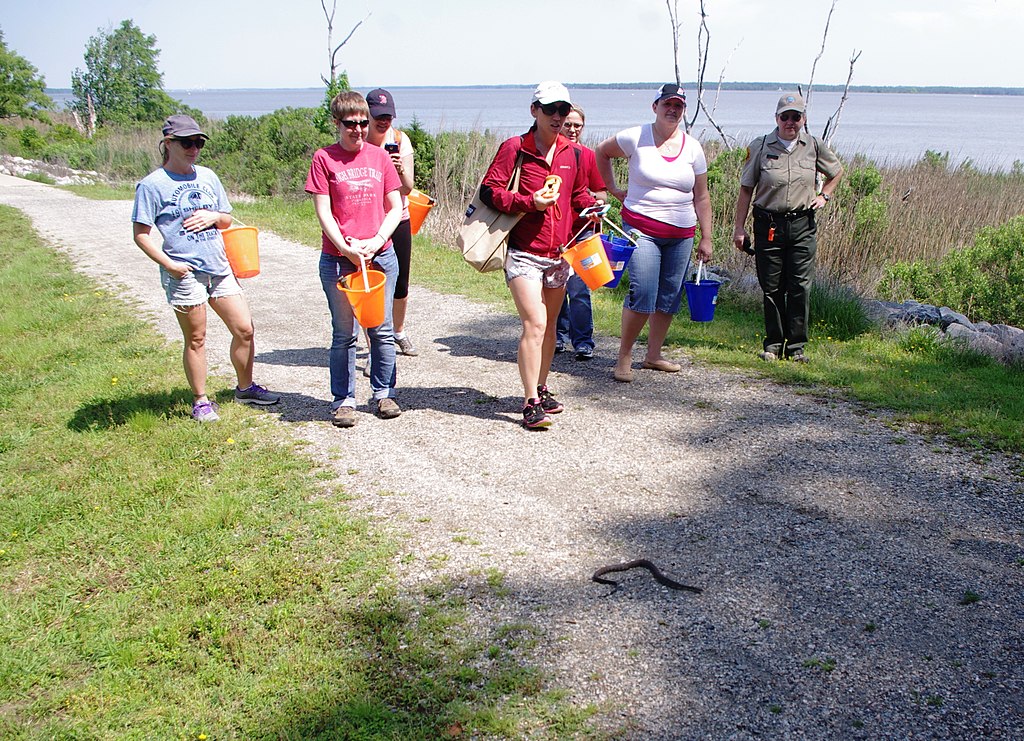
The next generation of paleontologists is building upon the foundations laid by these innovative researchers, incorporating even more advanced technologies and cross-disciplinary approaches. Modern dinosaur research increasingly utilizes synchrotron imaging, ancient protein sequencing, isotope analysis, and computational modeling to extract previously unobtainable data from fossils. Paleontologists are now collaborating more extensively with experts in fields ranging from engineering to genetics, creating a more comprehensive understanding of dinosaur biology. Citizen science initiatives and digital databases are democratizing access to dinosaur data, allowing researchers worldwide to contribute to our collective understanding. As climate change affects modern ecosystems, paleontologists are increasingly studying how dinosaurs responded to ancient climate shifts, providing potential insights for contemporary conservation challenges. The future of dinosaur research will likely continue this trajectory toward more sophisticated analysis methods while maintaining the fundamental fieldwork that has always been central to discovering new specimens and species.
Conclusion: Transforming Dinosaurs from Monsters to Complex Organisms

The collective work of these pioneering paleontologists has fundamentally transformed dinosaurs in the public and scientific imagination—from slow, cold-blooded reptilian monsters to complex, dynamic organisms with sophisticated behaviors and evolutionary relationships to modern birds. Through their discoveries and interpretations, dinosaurs have emerged as more fascinating than fiction ever portrayed them, with feathers, parental care, complex social structures, and remarkable adaptations. Their research continues to demonstrate that the study of extinct organisms remains vital and revelatory, providing insights into evolution, extinction, and adaptation that inform our understanding of modern biodiversity. As new technologies and approaches emerge, these scientists and their successors will undoubtedly continue to surprise us with revelations about creatures that vanished millions of years ago but continue to captivate our collective imagination. The dinosaur renaissance these paleontologists have spearheaded reminds us that science is always evolving, challenging us to reconsider even our most established ideas about the prehistoric world.

